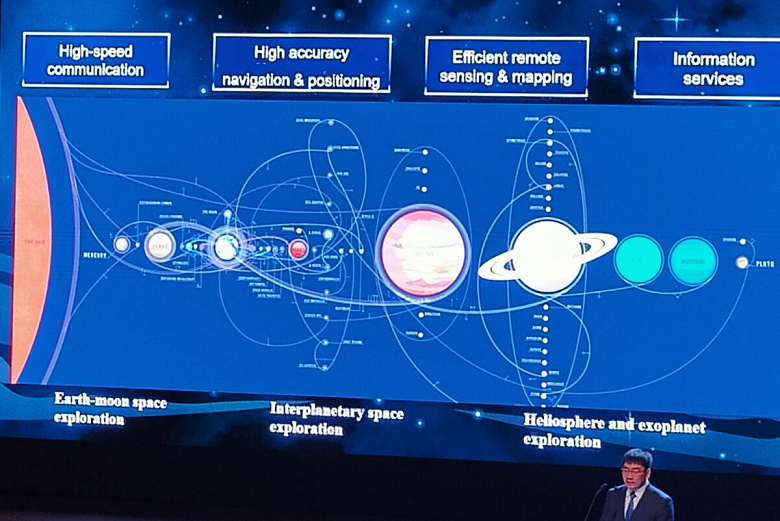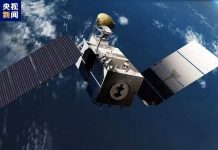This “constellation” will also be useful to support future missions to the Moon and other planets
China plans to build a three-layer communications, navigation, and remote sensing network to facilitate deep space operations. The satellite cluster will consist of spacecraft located in the vicinity of the Moon and Lagrange points. This will provide communications to spacecraft on the Moon and astronauts.

China already launched a communications satellite to the L2 Lagrange point in 2019 to provide communications for the Chang’e-4 mission to the far side of the Moon. Lagrange points are regions where the gravitational force of two massive objects balances out in a way that allows spacecraft to remain in orbit in a fixed position relative to the two bodies, in this case, the Earth and the Moon.
A larger and more advanced version of Queqiao-2 will be launched in May next year to provide communications for the Chang’e-6, 7, and 8 missions to the far side of the Moon and its South Pole.
China plans to create a Queqiao lunar satellite network for deep-space communications
Queqiao-2 and two Tiandu satellites will be part of the Queqiao-1 version to create communications between the Earth and the Moon. The Queqiao-3 series satellites will test key technologies in communications, navigation, and remote sensing.
According to plans, Queqiao-2 will provide coverage of the entire lunar surface. The proposed topology includes three satellites at each of the Lagrange points L1 and L2, as well as one more at L3, six satellites in circular orbits, a pair in elliptical orbits, and a geostationary interplanetary station.
Version 3.0 involves the creation of a communication and navigation system for deep space. This system will provide communications for missions to Mars and Venus.
The development of such a system will depend on China’s success in its lunar exploration program and space transportation plans. These plans include the International Lunar Research Station (ILRS) project and the Long March 9 super-heavy rocket.
China is currently looking for partners for the ILRS project.



